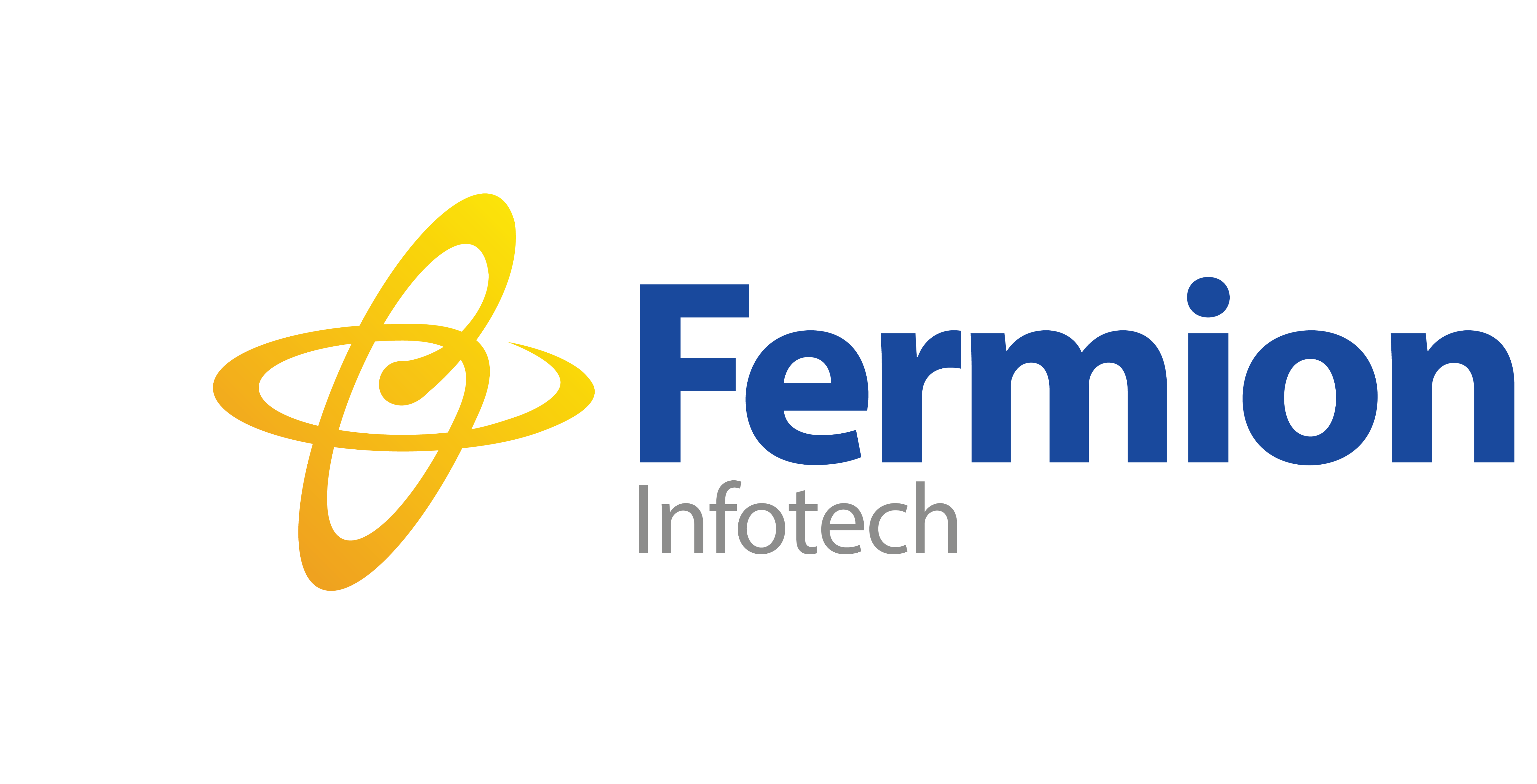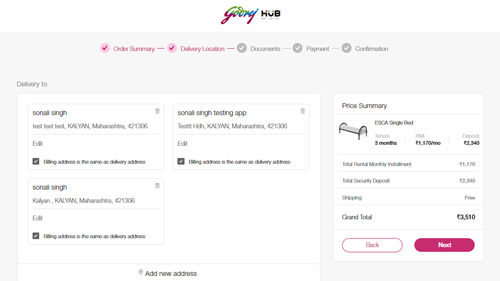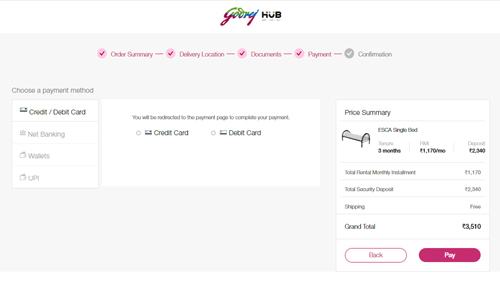
Post pandemic the shopping focus shifted majorly to the digital market. The commerce businesses have excessively adapted an omnichannel approach due to its contactless shopping and user-friendly experience.
The need for scaling up to fulfill this demand for customers, omnichannel eCommerce, a commerce strategy focused on leveraging and integrating multiple online and offline channels, has become essential for businesses looking to ensure growth and stay competitive. An omnichannel approach is designed to connect every available touchpoint to give shoppers a seamless end-to-end purchasing experience.
Having an omni channel deals with its own set of challenges as the stakes are very high. One needs to have a well-designed strategy. This means not only ensuring sales channels and customer communication channels are interconnected, but also that all the systems and back-end logistics are synced and coordinated as well.
Maintaining the correct flow between logistics, updates and cost is a tedious operation for any business. However here is how you can manage some challenges by integrating to achieve seamless experience:
While integrating you need to get few things correct:
- Logistics:
- If you have an application, a website and a store make sure there is consistent inventory across channels. This builds transparency and increases the relationship between the brand and consumer.
- Companies need to maintain accurate volume counts for products that are available both in-store and online. Products displayed online cannibalize online eCommerce transactions and overarching sales.
- To tackle inventory and shipping hurdles, integrate an inventory management system with your ecommerce solution for smooth and rapid data processing.
- Lack of technology:
- Companies often find they’re missing the right pieces to make it work or that their current tech stack is not modern enough to support the new, complex omnichannel requirements. The right partners can make or break your business and therefore you need to ensure you’re working with those who fit your needs.
- Often the existing commerce platform won’t be able to support their new needs or grow and scale with an omnichannel strategy. Many are forced to look at reforming their platform through their eCommerce solution or bringing on additional support.
- Headless ecommerce architecture:
- A true headless solution will be built as a network of eCommerce APIs that can be composed into different services and features.
- Headless architecture enables companies to build custom digital commerce experiences that are unique to their business and catered to their customers, while also giving them freedom to adjust, update, and maintain back-end business processes.
- Data privacy and Security:
- Making transition smooth and ensuring the company isn’t liable for any data handling mishaps, one will need to identify and set up new levels of access and restrictions for various employees, ensure that data is encrypted, software is the latest and updates are regularly scheduled.
- Companies will also need to ensure that general industry guidelines for security and data privacy, such as GDPR and CASL, are followed.
- Cost:
- Creating an omnichannel experience can be expensive.
- New tools need to be adopted; new processes will need to be introduced. Depending on the scale and complexity of the project, the costs and timeline will vary.
The expansion of tech doesn’t only apply to consumer-used technology. As customer demands shift and new ones arise, as will the specialized tools or solutions used to address them. New vendors will break into the landscape with a wide array of uses.
It will become more important to keep an eye on not only customer demands, but also your own tech stack. You need to ensure your internal infrastructure will continue to support your changing business requirements.
























